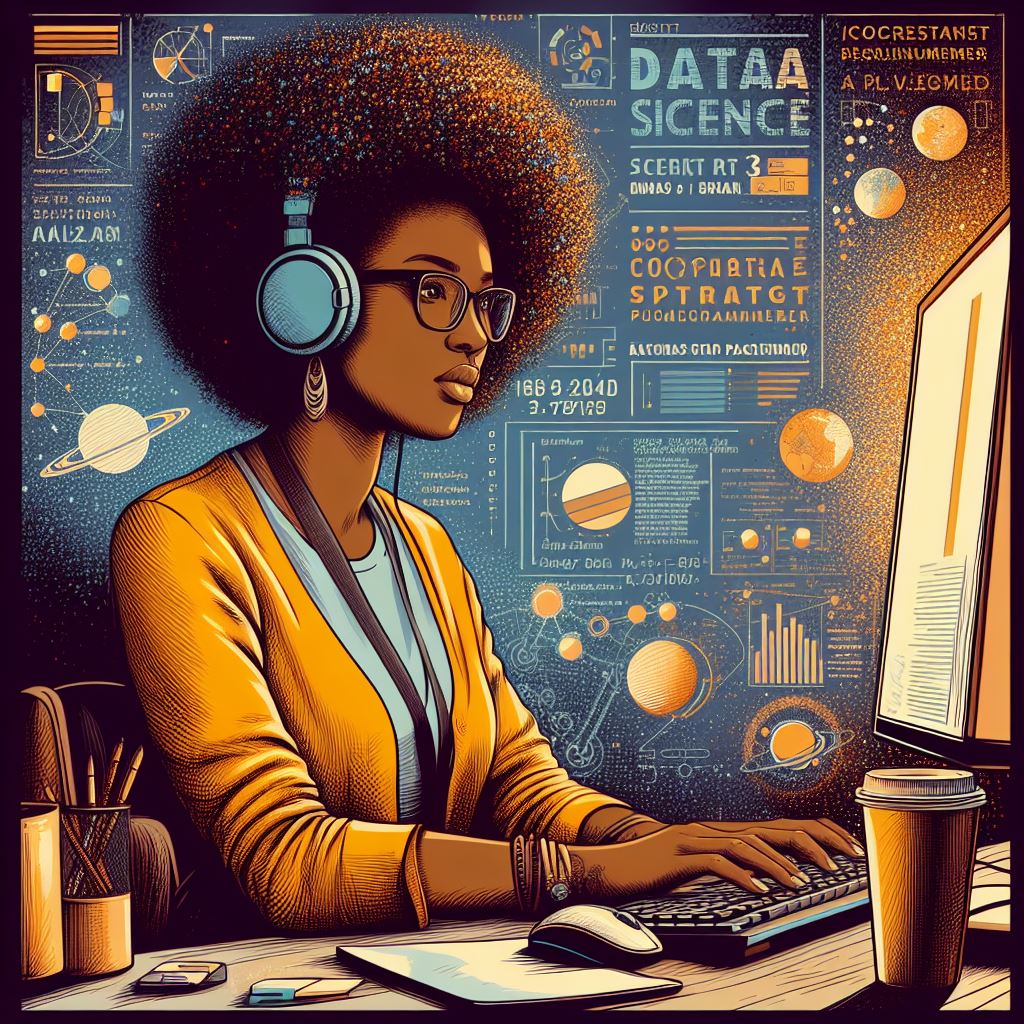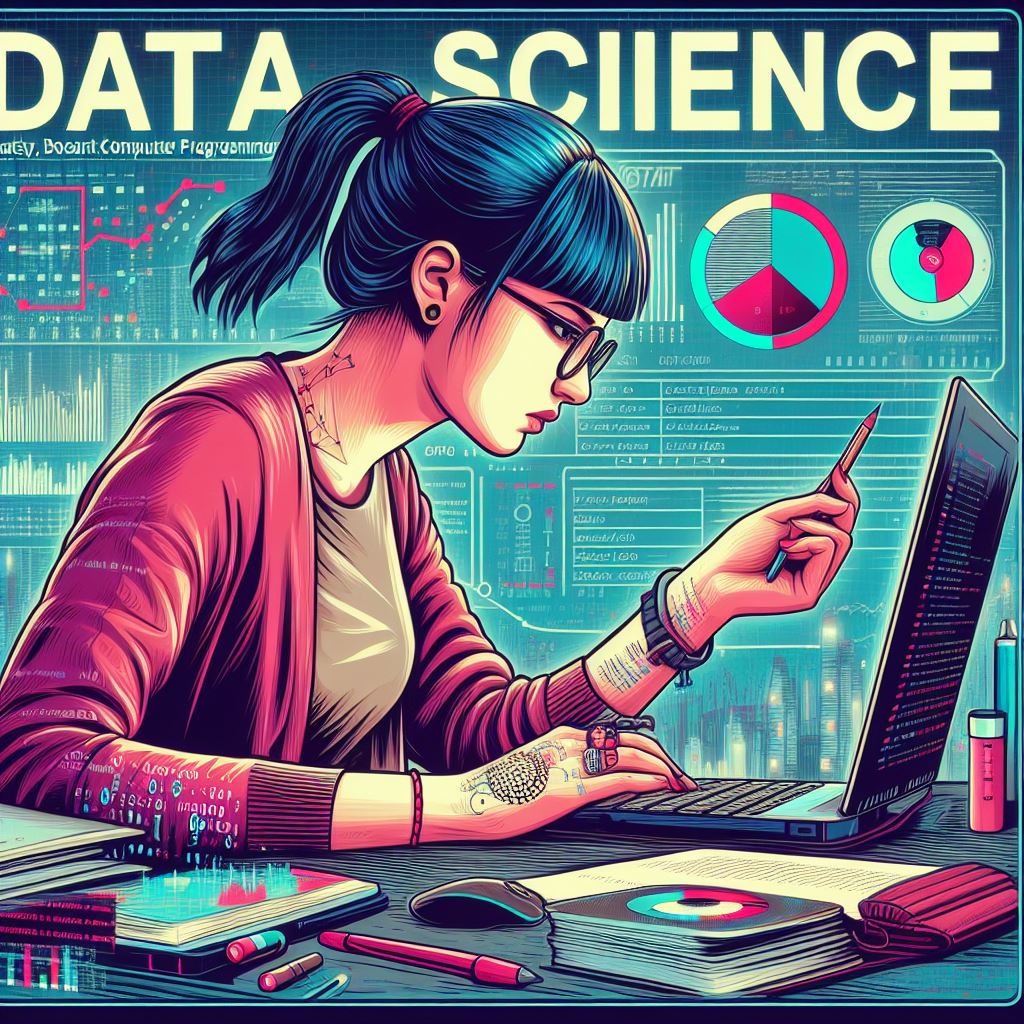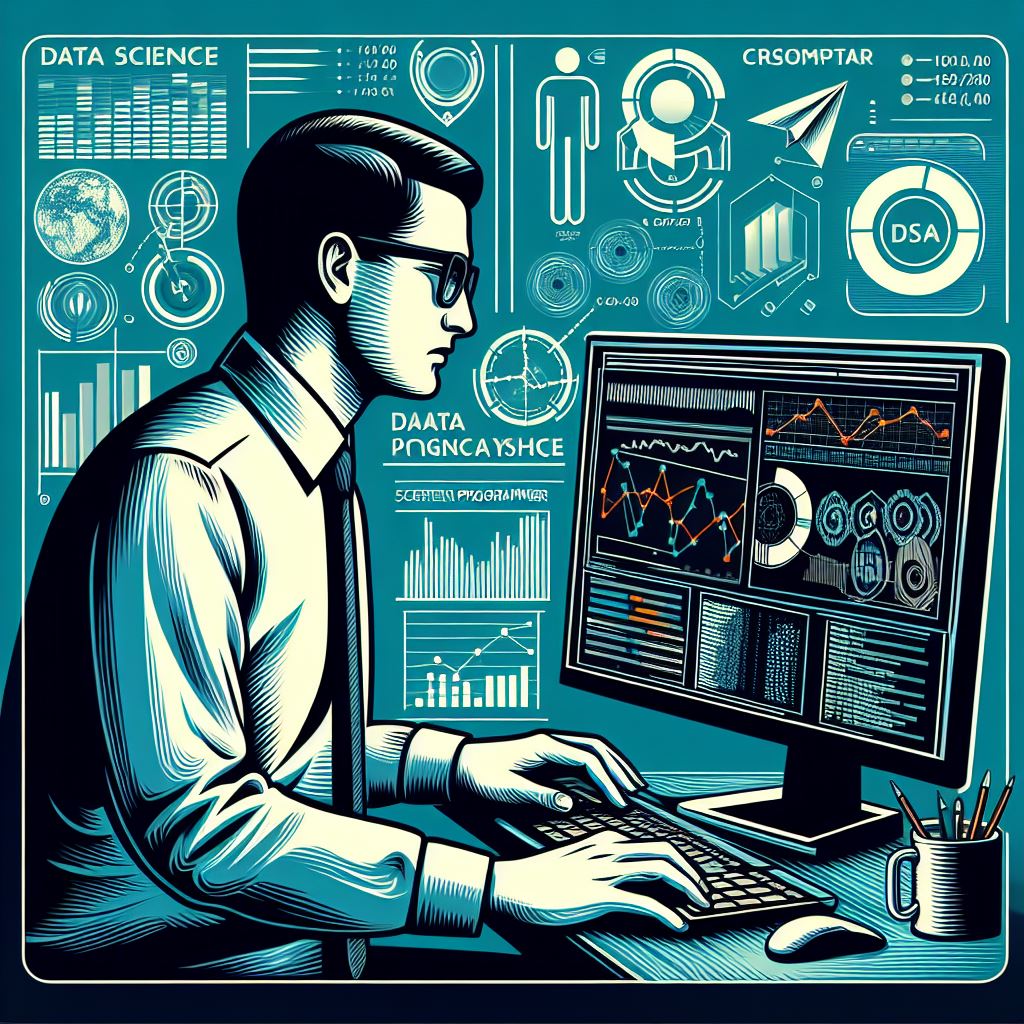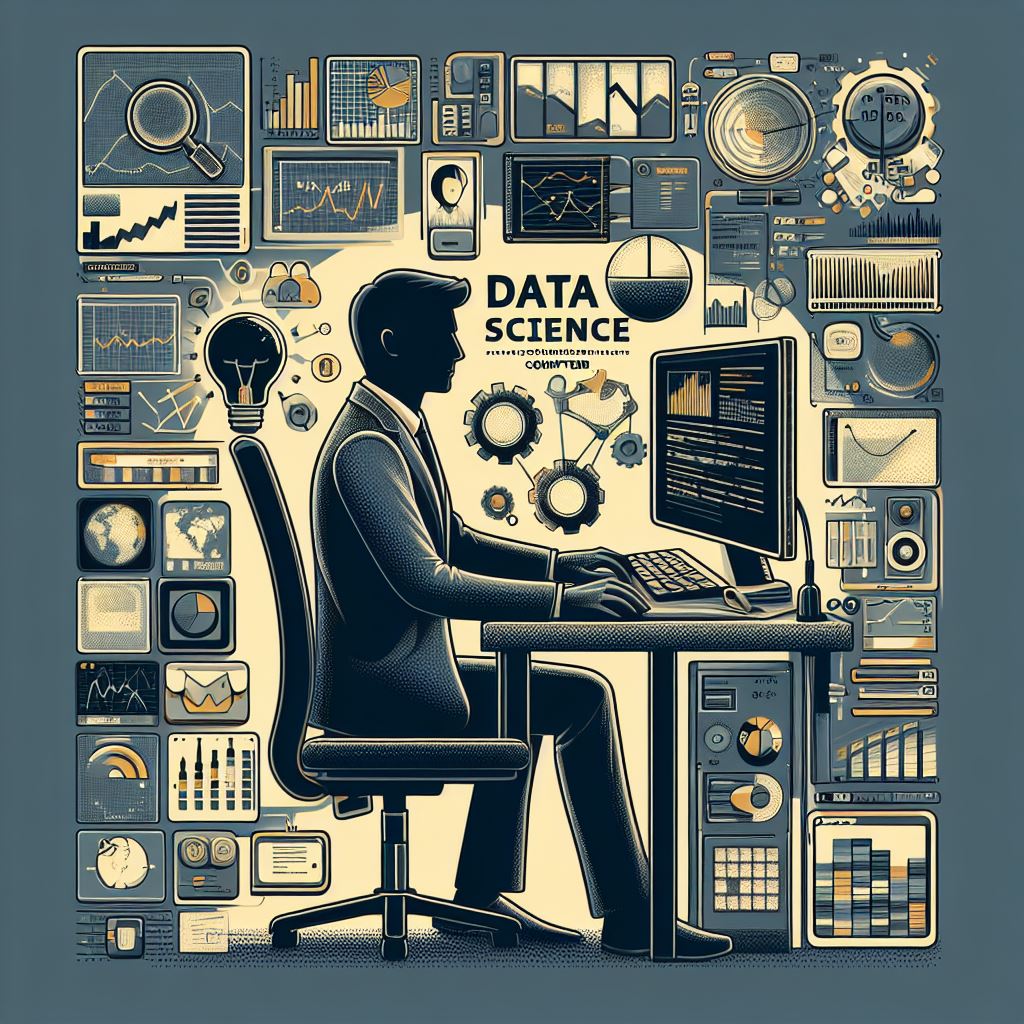Computer vision is one of the most exciting and rapidly evolving fields within artificial intelligence (AI). It involves teaching machines to interpret and understand visual information from the world, similar to how humans process images and videos. As computer vision technology advances, it is revolutionizing a wide range of industries, from healthcare and automotive to retail and manufacturing.
At its core, computer vision enables machines to recognize objects, interpret scenes, and even understand complex actions within images and videos. By processing and analyzing digital images or videos, computer vision systems can identify patterns, classify objects, and even detect anomalies or issues that may be invisible to the human eye.
Applications of Computer Vision in Various Industries
In healthcare, computer vision has already proven to be a game-changer. AI-powered imaging systems assist radiologists in diagnosing conditions such as tumors, fractures, and other medical anomalies with incredible accuracy. Medical imaging tools that utilize computer vision algorithms can analyze X-rays, MRIs, and CT scans to provide faster and more accurate results, leading to better patient outcomes.
The automotive industry is another area where computer vision plays a pivotal role, particularly with the rise of autonomous vehicles. Self-driving cars rely heavily on computer vision technology to process visual data from cameras and sensors, allowing the vehicle to “see” and interpret its surroundings. This capability enables autonomous vehicles to navigate roads, detect pedestrians, and respond to traffic conditions without human intervention, contributing to safer and more efficient driving experiences.
Retail businesses are also leveraging computer vision for various applications. In stores, it is used for shelf monitoring, inventory management, and even customer behavior analysis. By installing cameras and sensors in retail environments, computer vision systems can track products, analyze customer preferences, and help businesses optimize their sales strategies. This allows retailers to deliver more personalized shopping experiences, streamline operations, and reduce costs.
In manufacturing, computer vision is being employed for quality control, defect detection, and automation. Automated inspection systems use high-resolution cameras and AI algorithms to scan products on assembly lines, ensuring that each item meets quality standards. This not only improves efficiency but also reduces the risk of human error and enhances the overall quality of products.
Challenges and Future Directions
Despite its impressive capabilities, computer vision still faces several challenges. One of the main hurdles is the ability to recognize objects accurately in complex or dynamic environments. Lighting conditions, occlusions, and variations in object appearance can make it difficult for machines to identify and classify objects with high precision. However, with the rapid advancements in deep learning and neural networks, these challenges are gradually being addressed, and the accuracy of computer vision systems is improving.
Another challenge is the ethical implications of computer vision technology, particularly regarding privacy. As cameras and sensors become more pervasive, concerns about surveillance and data collection have emerged. It is essential for industries and regulators to strike a balance between innovation and privacy rights to ensure that computer vision is used responsibly and ethically.
Looking ahead, the future of computer vision holds great promise. The continued integration of AI and machine learning will enhance the capabilities of computer vision systems, making them more accurate, efficient, and adaptable. As the technology evolves, we can expect even more innovative applications in areas such as augmented reality (AR), robotics, and smart cities, further transforming how we interact with the world around us.



